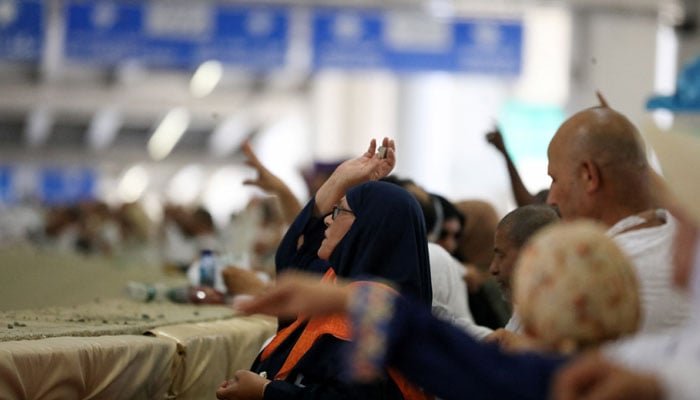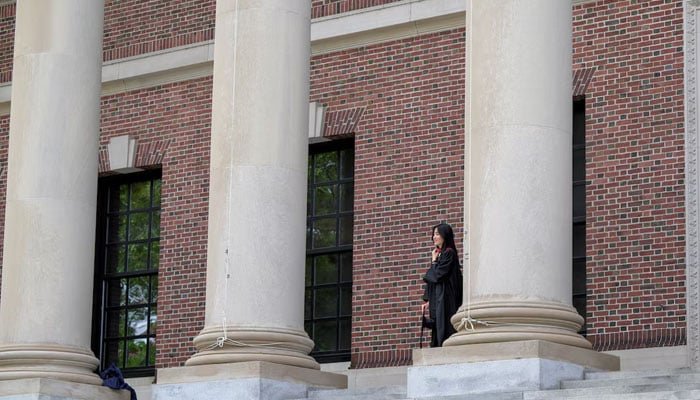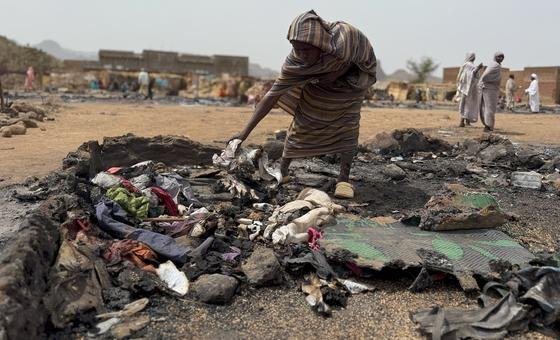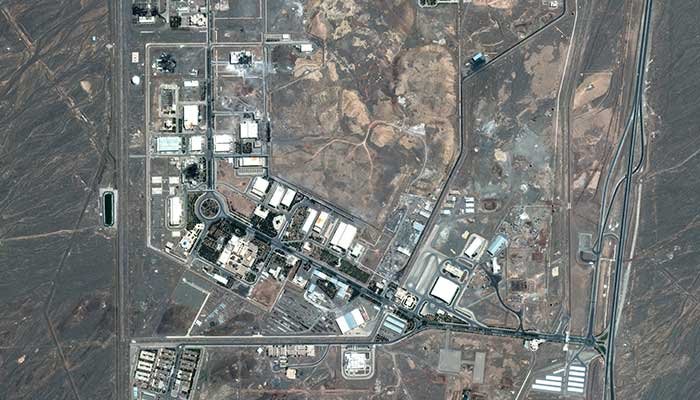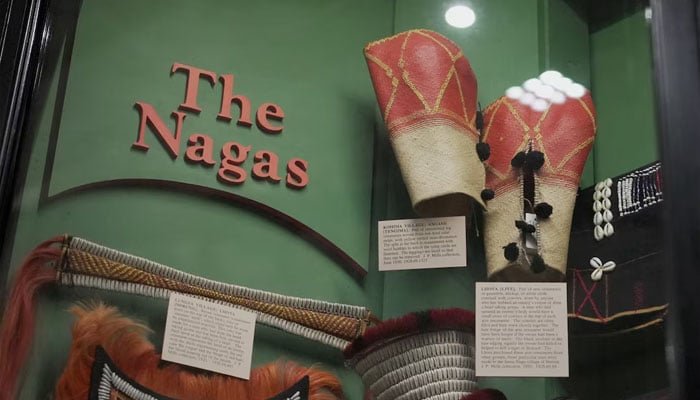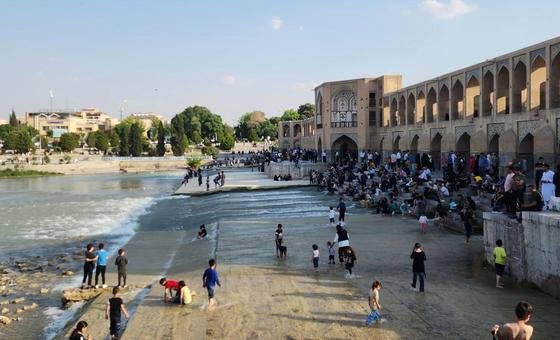Over 1.6 million pilgrims began the final major ritual of the annual Hajj pilgrimage on Friday, participating in the symbolic “stoning of the devil” as Muslims worldwide celebrate the start of the Eid ul Adha holiday.
Pilgrims converged on the Mina valley, on the outskirts of the holy city of Makkah, to throw seven stones at each of three concrete walls representing the Satan.
This ritual commemorates Prophet Ibrahim’s act of stoning Satan at the very spots where, according to tradition, the devil attempted to dissuade him from obeying Allah’s command to sacrifice his son.
A day earlier, pilgrims converged on Mount Arafat, praying and reciting Quranic verses at the 70-metre (230-foot) rocky rise near Makkah, where the Holy Prophet Mohammad is believed to have given his last sermon.
Many climbed the mount despite the searing heat, though numbers had thinned by midday following official warnings for pilgrims to stay inside between 10:00am and 4:00pm.
This year’s Hajj has been marked by a concerted effort from Saudi authorities to enhance pilgrim safety, particularly in light of last year’s tragic Hajj. In 2024, 1,301 individuals perished as temperatures soared to a scorching 51.8 degrees Celsius (125 degrees Fahrenheit).
In response, officials implemented a comprehensive range of heat mitigation strategies, alongside a widespread crackdown on illicit pilgrims.
These measures have reportedly led to noticeably thinner crowds and a highly visible security presence across holy sites in Makkah and surrounding areas, aiming to prevent a repeat of last year’s fatalities and ensure a safer pilgrimage for all participants.
“Our experience in Mina was easy and simple. We entered and within five minutes we had completed the stoning of the devil at the ‘Jamarat’,” said 34-year-old Wael Ahmed Abdel Kader, from Egypt, after carrying out the ritual at dawn.
Howakita, a pilgrim from Guinea, said the prospect of celebrating Eid in Makkah filled her with joy.
“When I threw the stones I felt at ease. I was truly proud,” she said.
Saudi authorities said a majority of those deaths were among pilgrims who illegally snuck into Makkah and lacked access to accommodation and other services aimed at keeping pilgrims safe and protected from the searing desert heat.
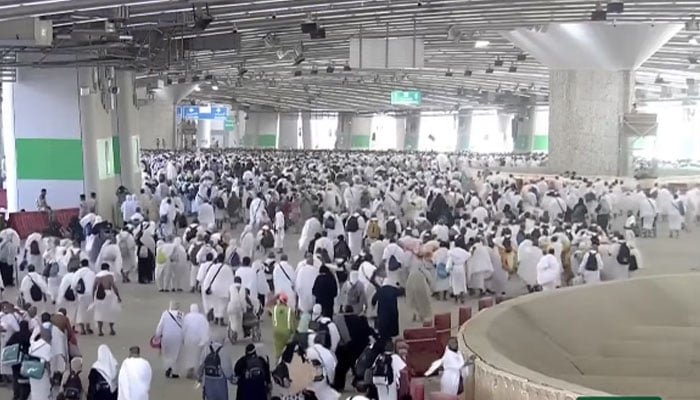
This Hajj season has recorded the lowest number of pilgrims in over three decades, barring the years of Covid restrictions from 2020-2022. Last year, 1.8 million Muslims took part in the Hajj, according to official figures.
Hajj permits are allocated to countries on a quota basis and distributed to individuals by a lottery system.
But even for those who can secure them, the high costs spur many to attempt the Hajj without a permit, even though they risk arrest and deportation if caught.
The stoning ritual in the Mina valley was the scene of a fatal stampede in 2015, when 2,300 people were killed in one of the deadliest Hajj disasters.
Saudi Arabia earns billions of dollars a year from the Hajj, and the lesser pilgrimage known as Umrah, undertaken at other times of the year.
The end of the Hajj coincides with the beginning of Eid ul Adha — an annual feasting holiday marked by the slaughter of an animal — typically a goat, sheep, cow, bull or camel.

